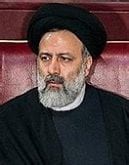RFL/RE – In early December 2005, Nshan Topouzian, an ethnic Armenian bishop living in Iran, received an alarming tip-off. According to Iranian border guards, a demolition crew had arrived at the Armenian cemetery of Julfa, in the Azerbaijani exclave of Naxcivan.
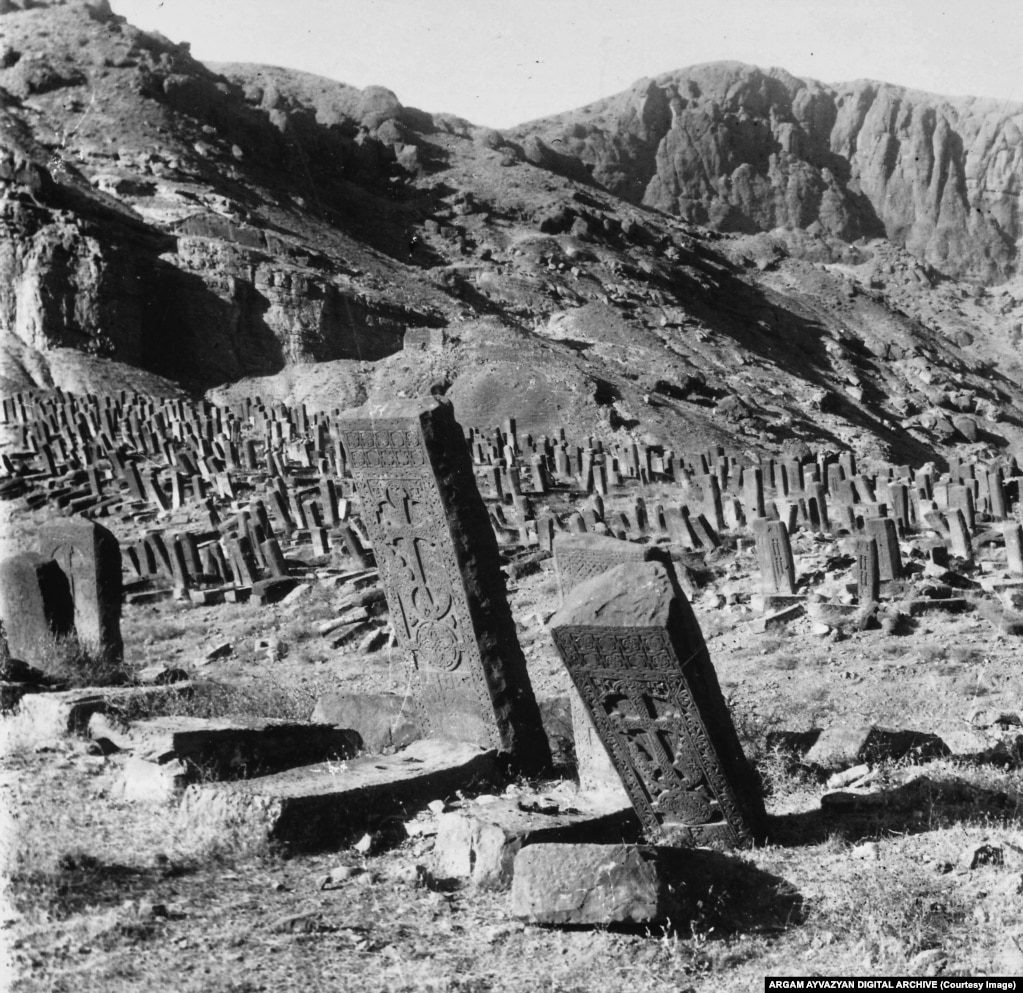
After driving through Iran’s rocky northern landscape to the Azerbaijani border, Topouzian wasable to capture video footage of the final destruction of a cultural monument that, in its scale and artistry, was unlike anything else.

Over several days, hundreds of ancient cross-stones, or “khachkars,” were broken into rubble by men in military uniforms and dumped into the river between Azerbaijan and Iran.

The site was the burial ground for the city of Julfa, a prosperous medieval trading center. Julfa’s mostly Armenian population was evicted in 1605 during a conflict between the Ottoman and Persian empires.
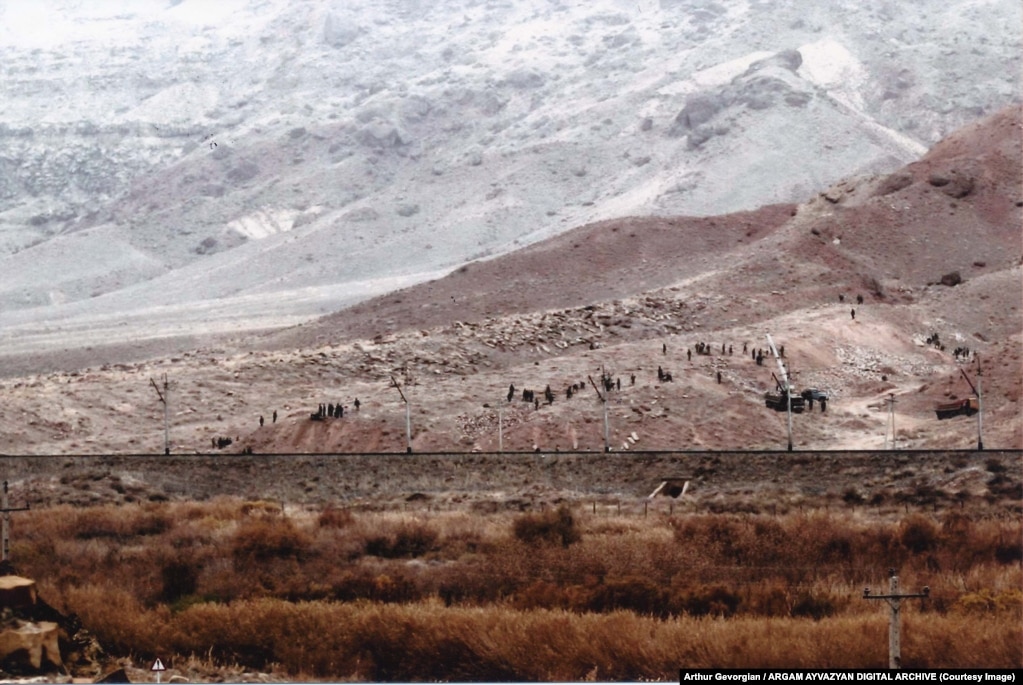
Khachkars are stone slabs historically used by Armenian Christians as memorials to the dead or to mark the location of significant events.
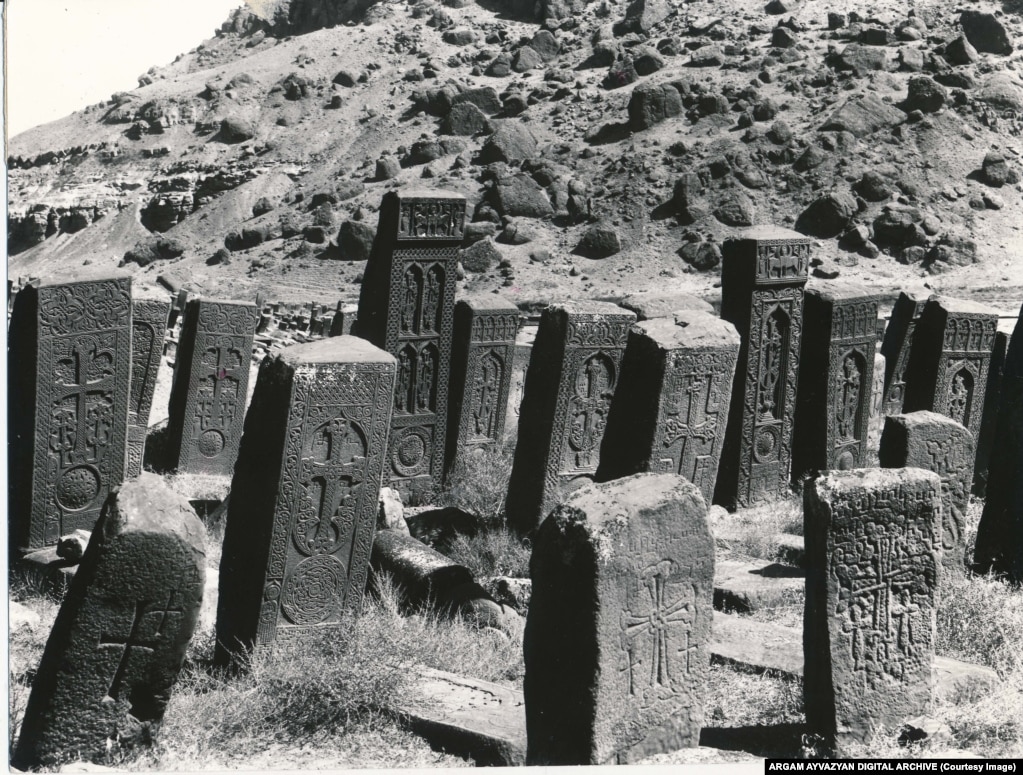
Armenian tradition holds that no two khachkars are alike and all are sacred. They are often carved with lace-like details and fantastical creatures whose identity is lost to time.

Many believe the cross-stones serve as a kind of mediator between heaven and the soul of those buried beneath.
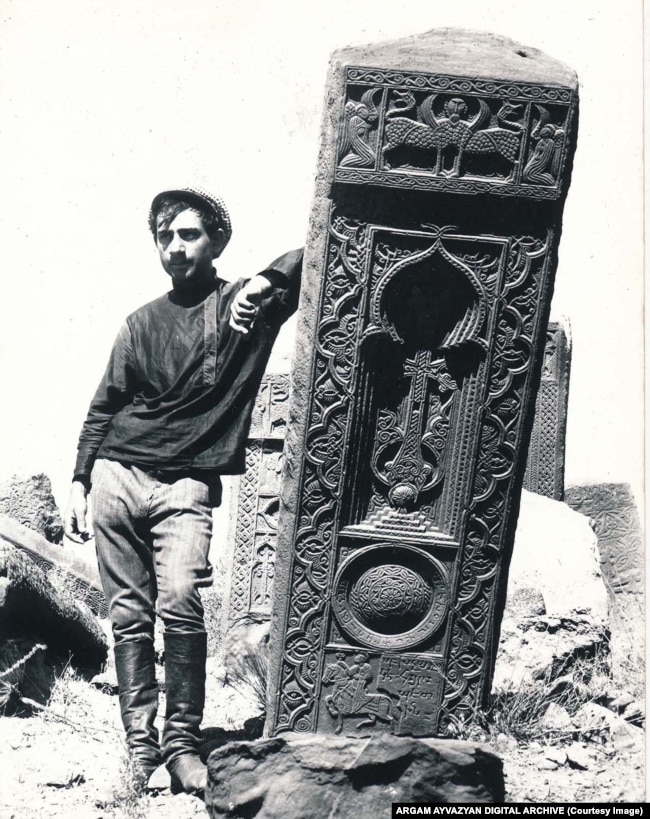
Since the first war for Nagorno-Karabakh broke out between ethnic Armenians and Azerbaijanis in the late 1980s, people as well as monuments have fallen victim to furious debates over who has the strongest historical claims to disputed land.
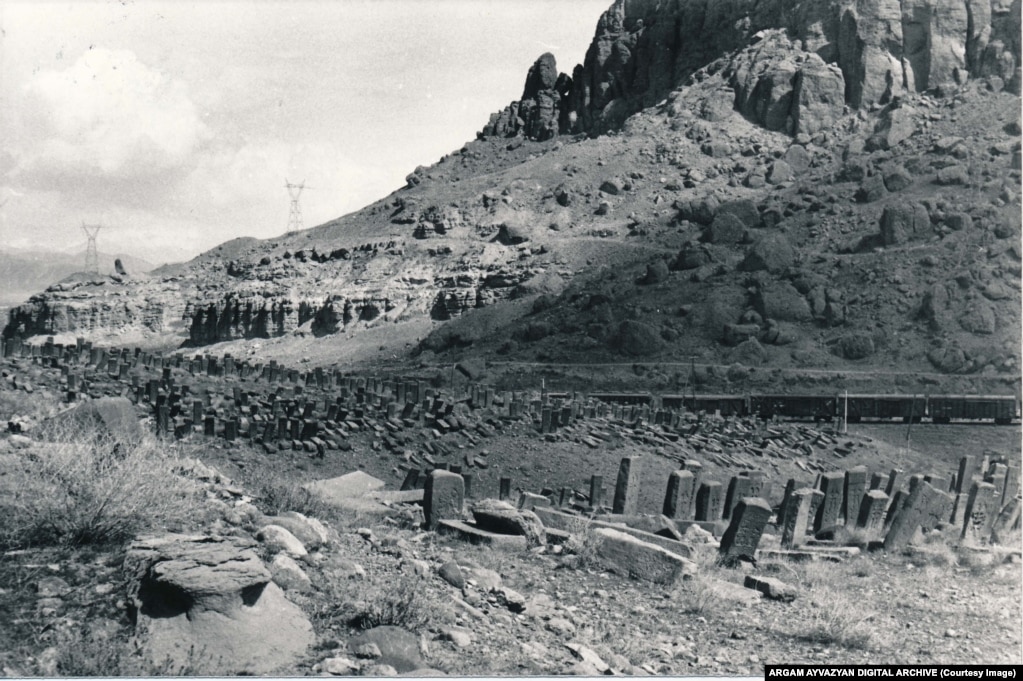
In the Armenian capital, Yerevan, an Azerbaijani mosque was demolished in the early 1990s and remaining Islamic monuments were labelled “Persian.” In the Azerbaijani capital, Baku, authorities destroyed a historic Armenian church, while inside the Azerbaijani exclave of Naxcivan authorities began a systematic erasure of Armenian heritage.

Despite extensive documentary evidence of the Julfa cemetery’s destruction, Azerbaijani officials have either denied the cemetery was Armenian or that it ever existed in the first place.
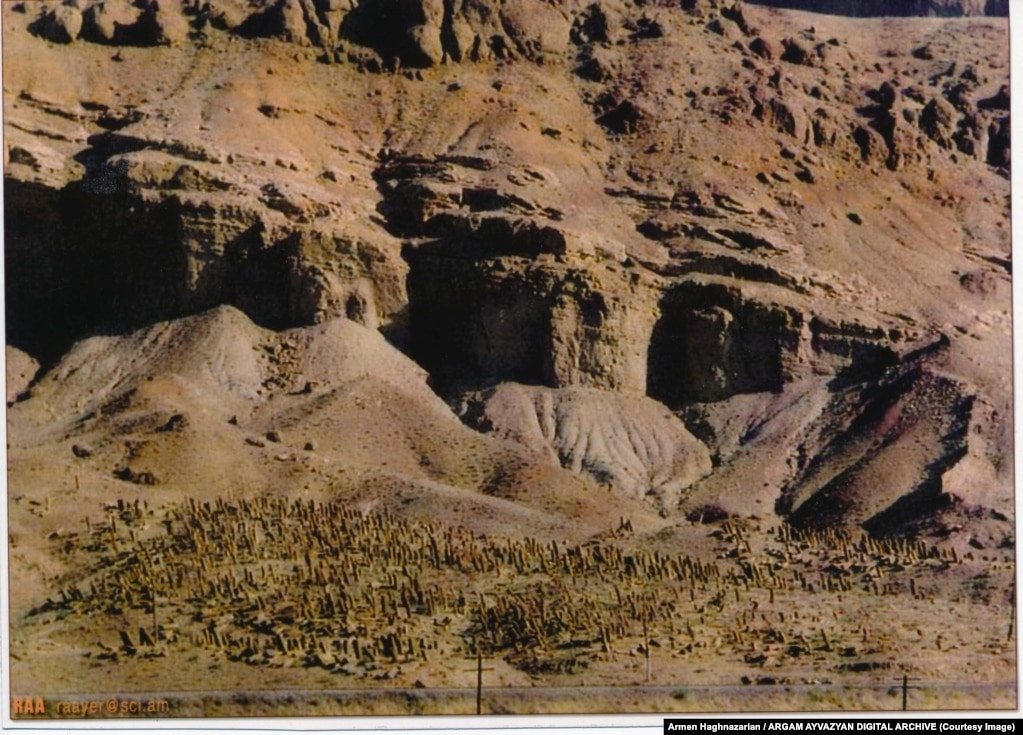
In 2006, Azerbaijani President Ilham Aliyev declared, “As you know, some Armenian circles, the Armenian lobby, and some influential politicians have recently raised a clamor against the alleged destruction of Armenian tombstones in Naxcivan; this is absolutely false and slanderous information; one more Armenian’s invention.”
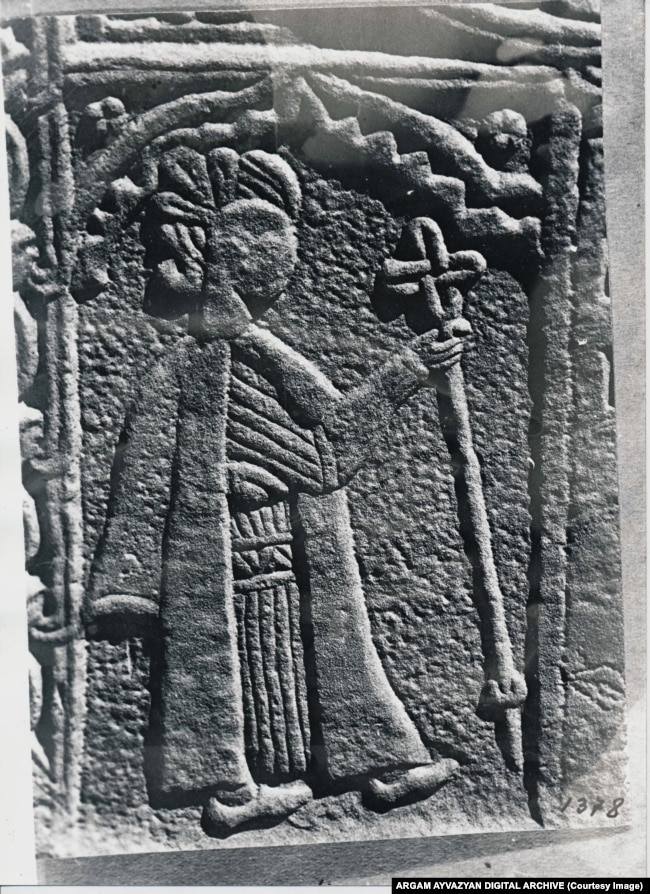
The Armenian that Aliyev was referring to may have been Simon Maghakyan, who has written extensively about Armenian heritage in Naxcivan. The U.S.-based researcher told RFE/RL that the destruction of the Julfa cemetery “was the largest single case of erasure” of Armenian heritage in the tightly policed Naxcivan region.

But the 2005 destruction, which was only the final and most brazen demolition of the cemetery, went largely unnoticed by the outside world despite shocking Armenians and some Azerbaijanis.
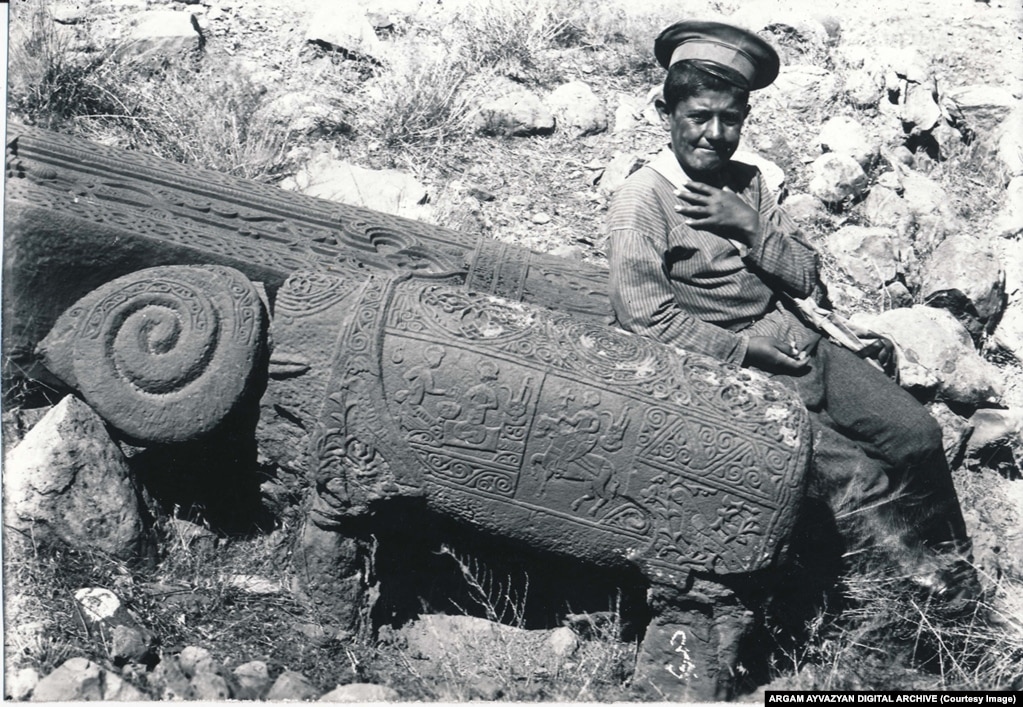
An Azerbaijani historian who grew up in Naxcivan and remembers passing by the cemetery as a child on the railway that runs alongside the site, spoke with RFE/RL by telephone.
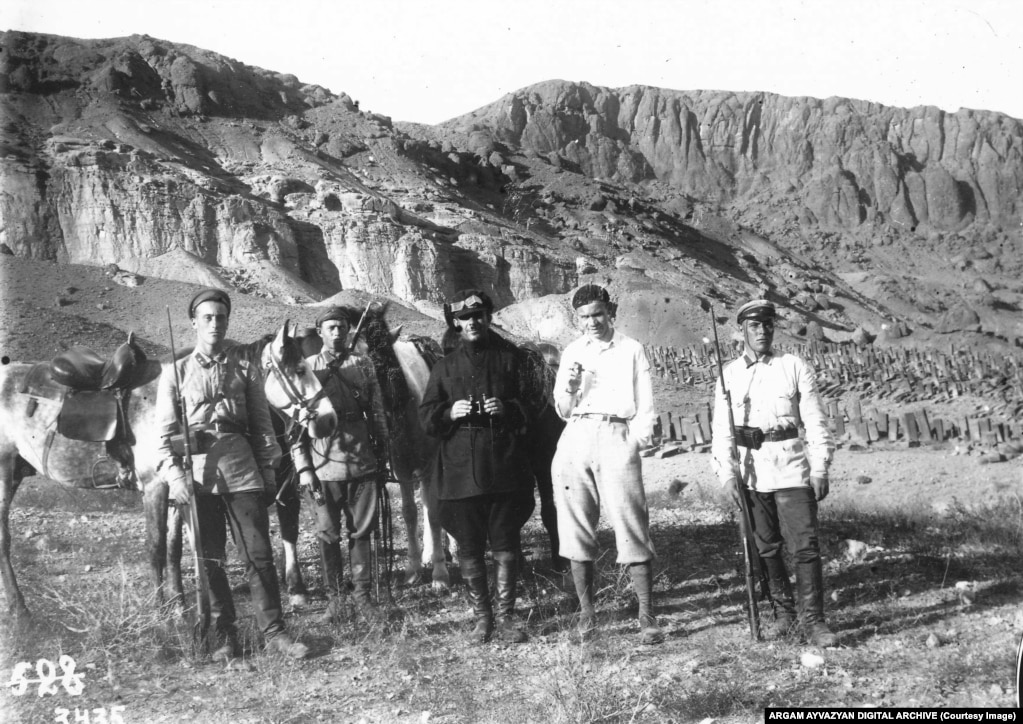
The Azerbaijani academic, who asked not to be named, says the destruction at Julfa offended not only Armenians but also many Azerbaijanis in Naxcivan: “They saw it as a part of their history, too,” and says school groups would often be taken to explore the historical site.
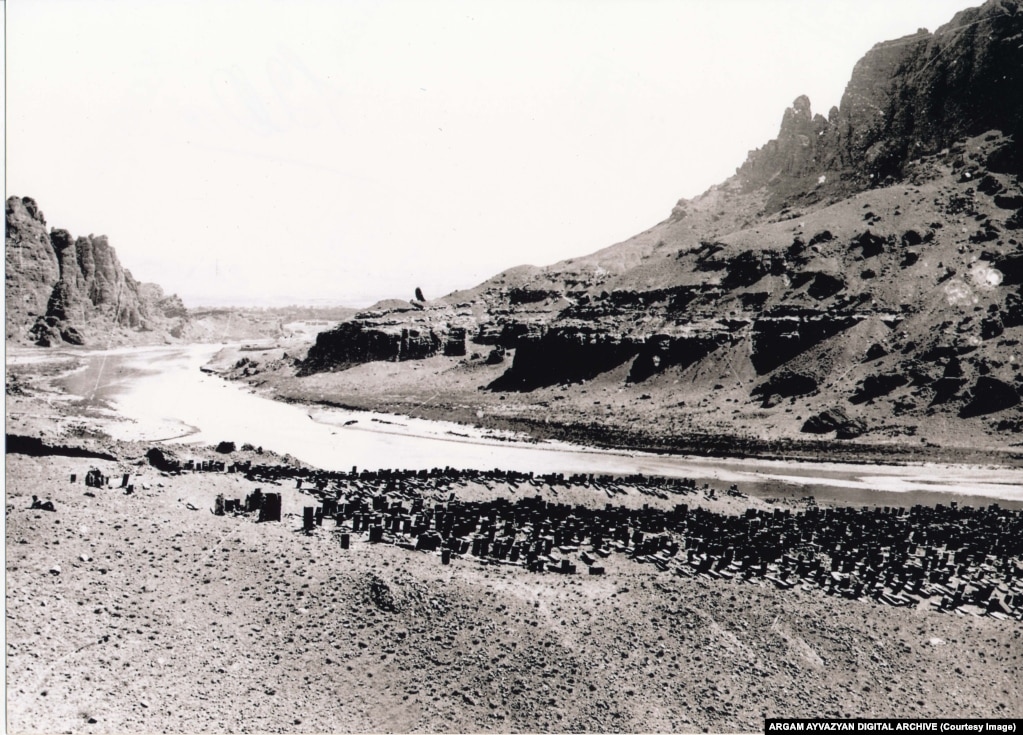
Many people have criticized the silence from UNESCO after the 2005 razing of Julfa and contrasted it with the organization’s strong response to the 2001 destruction of the Bamiyan Buddhas by the Taliban in Afghanistan, and of the ancient city of Palmyra by Islamic State militants in Syria in 2015.
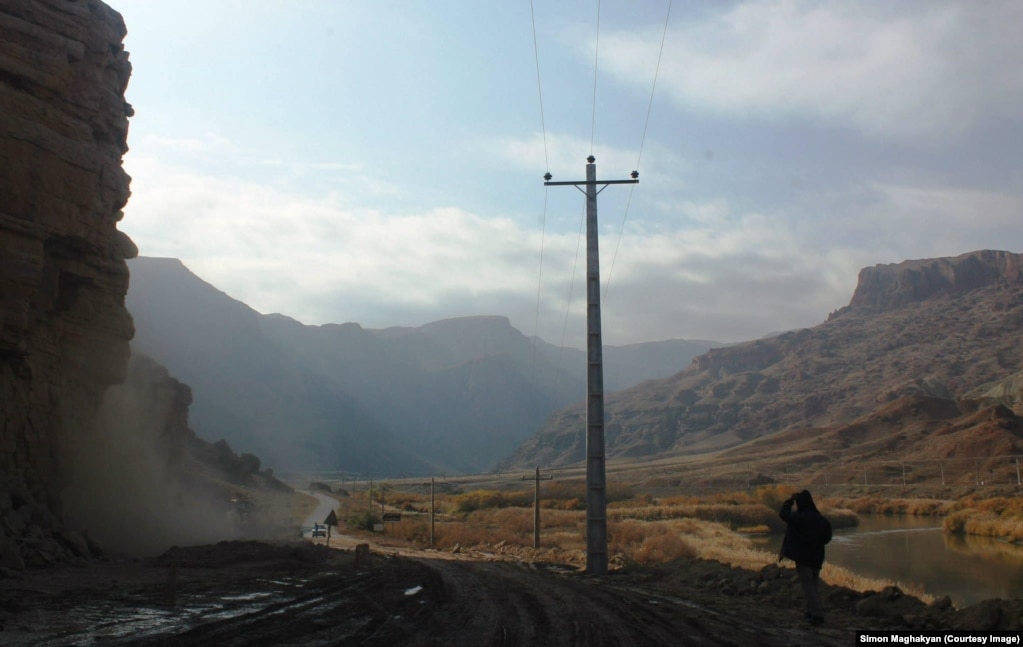
Maghakyan believes senior UNESCO officials were effectively bought off with the so-called “caviar diplomacy’ that oil-rich Azerbaijan is known for.

An investigative report by the Organized Crime and Corruption Reporting Project found that in 2012-2014, shadowy companies linked to Azerbaijan paid $468,000 to Kalin Mitrev, the husband of UNESCO’s director-general at the time. Mitrev has said the payments were legitimate fees for consultancy services.
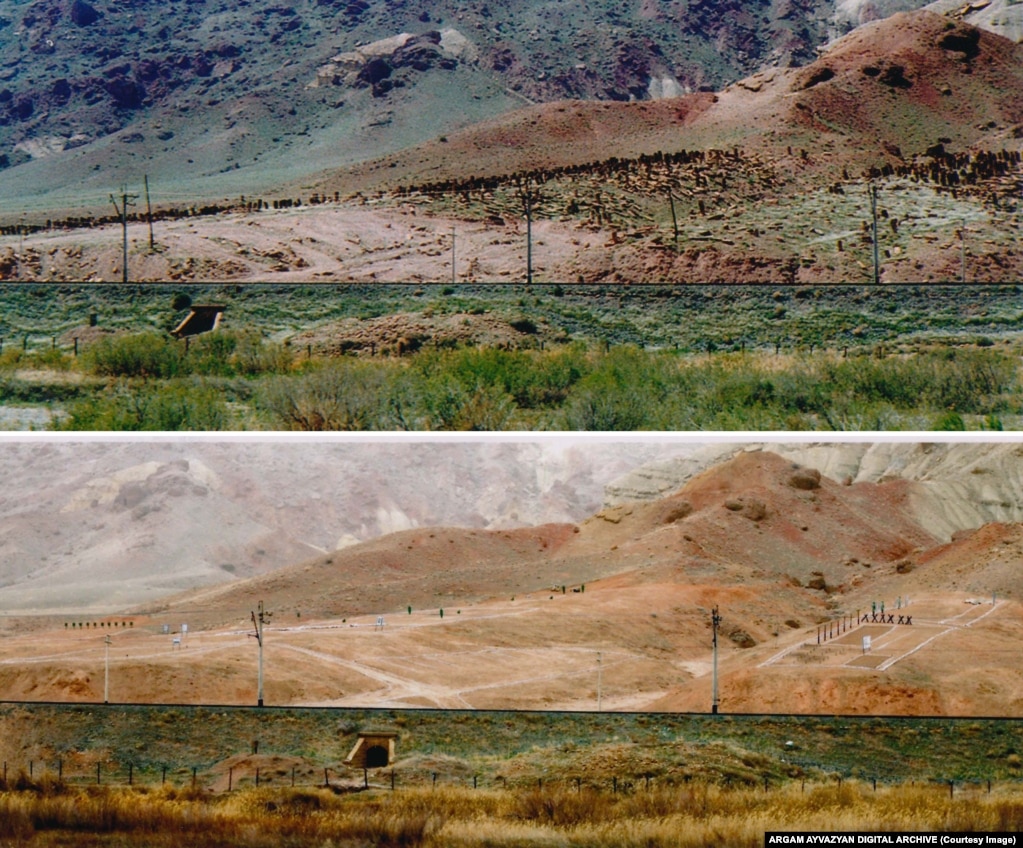
In 2013, after a $5 million donation from Baku, UNESCO held a photo exhibition called Azerbaijan — Land Of Tolerance, at its Paris headquarters. In 2019, the UNESCO World Heritage Committee held its annual meeting in Baku.
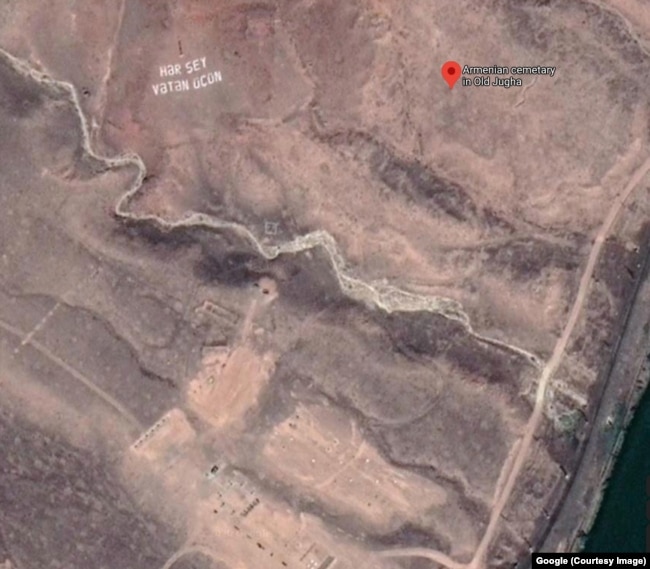
In response to an e-mailed query from RFE/RL, UNESCO Chief of Communications Matthieu Guevel did not directly address the organization’s lack of response to the 2005 Julfa destruction, saying only that UNESCO “has expressed on several occasions, in public and via diplomatic channels, its concern for the protection of cultural heritage everywhere in the world.”
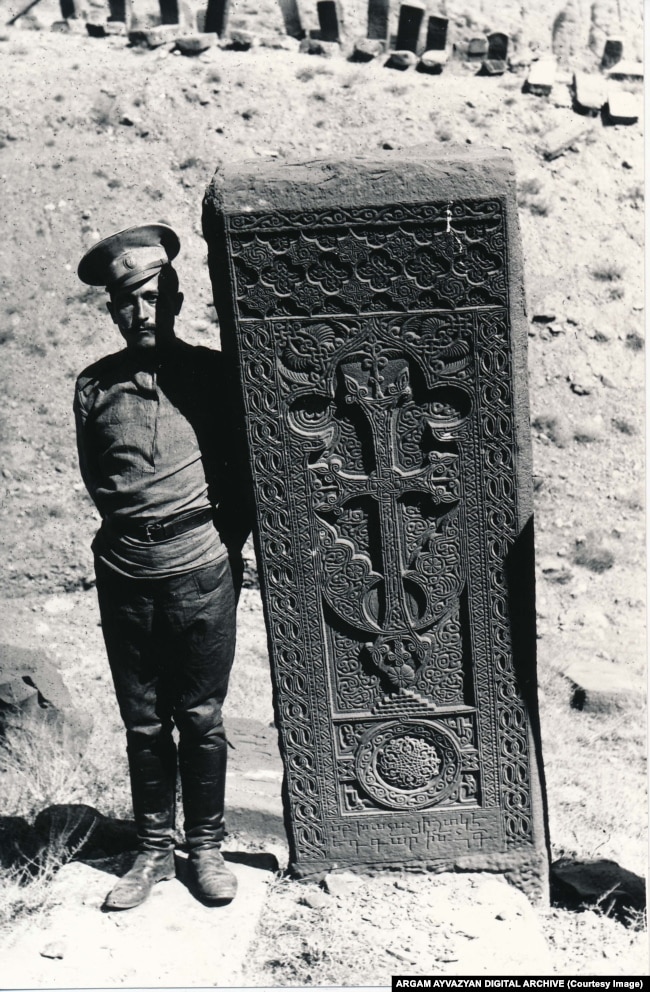
Guevel, however, pushed back against accusations of corruption, saying Azerbaijani donations represent only a fraction of contributions from UNESCO members.
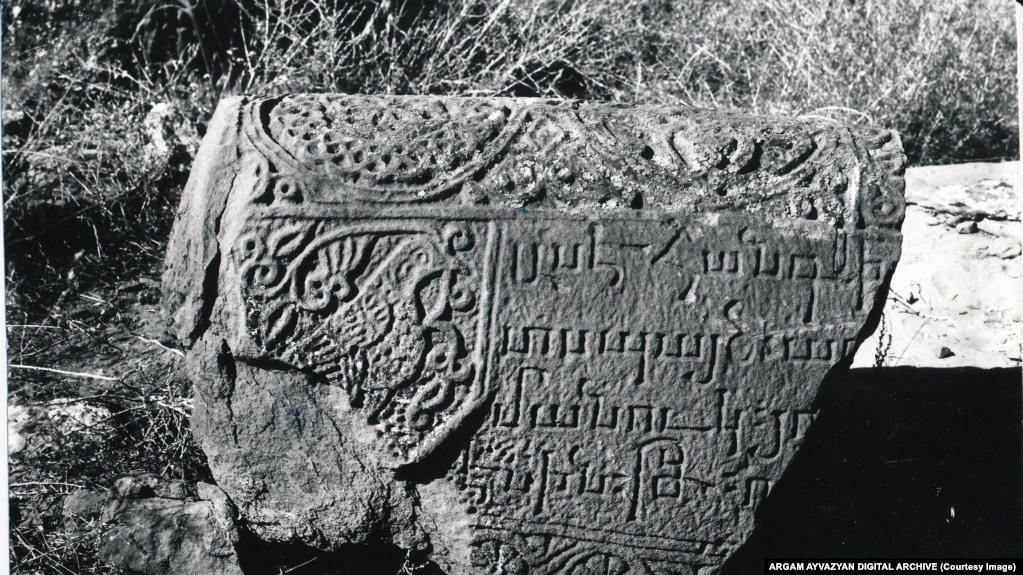
In light of reports of the possible destruction of cultural heritage sitesby soldiers during the most recent conflict between Azerbaijan and Armenia, Guevel says UNESCO is “now working with all concerned parties to dispatch a mission on the ground in Nagorno-Karabakh, with a view to assessing the situation and protecting the cultural heritage of this region.”
- Amos ChappleAmos Chapple is a New Zealand-born photographer and picture researcher with a particular interest in the former U.S.S.R.
 Shabtabnews In this dark night, I have lost my way – Arise from a corner, oh you the star of guidance.
Shabtabnews In this dark night, I have lost my way – Arise from a corner, oh you the star of guidance.


